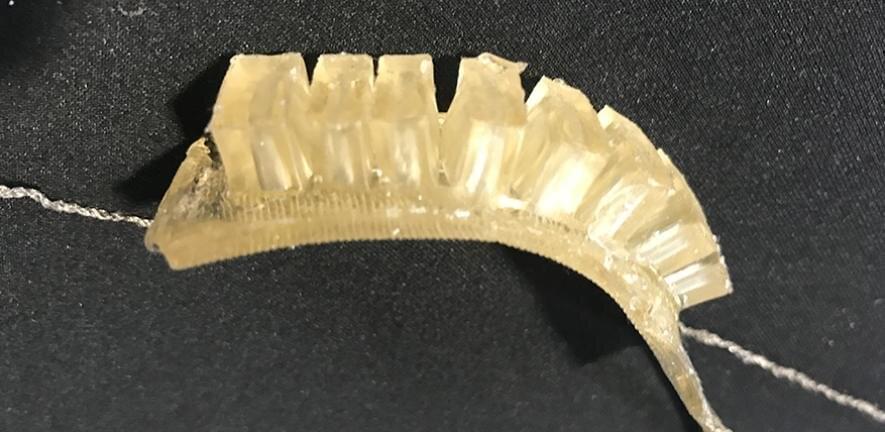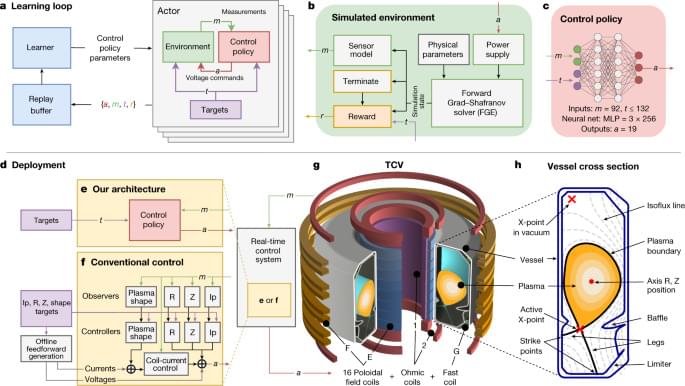In addition to securities fraud and obstruction of justice, James Velissaris has been charged with wire fraud and lying to auditors.
The founder and manager of a $1.7 billion mutual fund that collapsed last year has been charged by federal prosecutors with securities fraud and obstruction of justice for allegedly inflating fund asset values to keep investor money flowing, then falsifying records to conceal the improprieties.
The Infinity Q Diversified Alpha Fund halted investor redemptions in February 2021, roughly seven years after it was co-founded by James Velissaris, 37, its chief investment officer. A government inquiry began, Velissaris stepped down and the mutual fund and a parallel hedge fund he oversaw began liquidating.
It was a rare example of a big mutual fund failure amid a roaring bull market. And the collapse ensnared billionaire investor David Bonderman, co-founder of TPG, a huge private-equity firm that went public this year. The Bonderman Family was a major investor in Infinity Q Capital Management, the investment company overseen by Velissaris, regulatory documents show. Velissaris had worked for the Bonderman family before he co-founded Infinity Q Capital Management.








